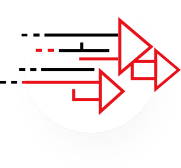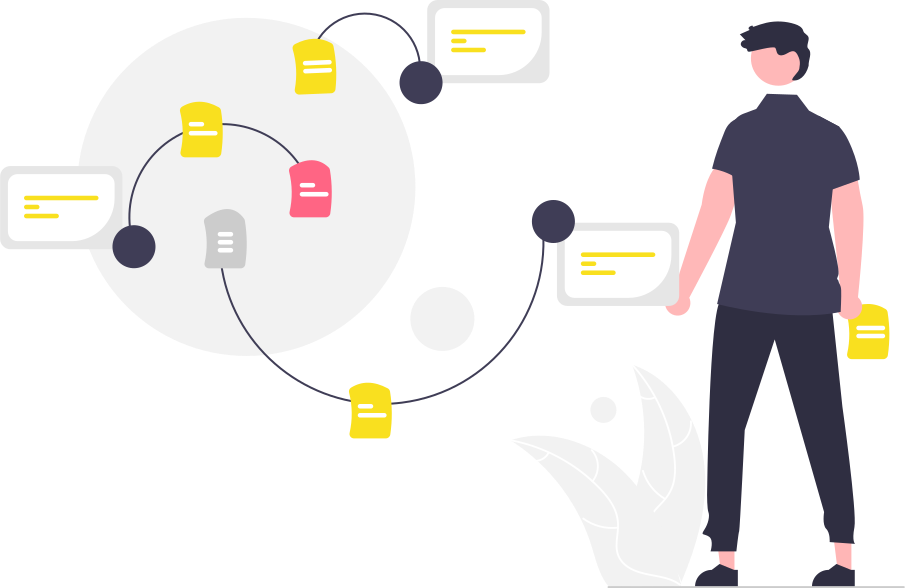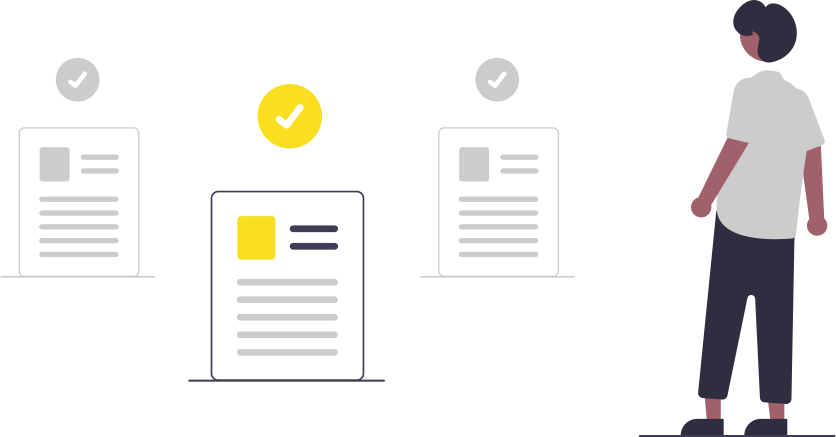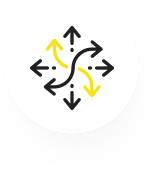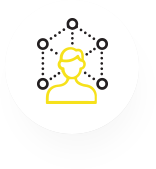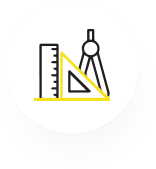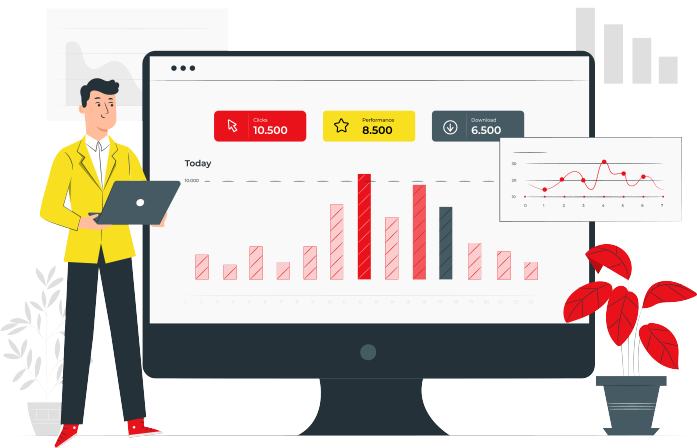Business Friendly Business Architecture Software
Capstera is a business architecture and capability modeling software which enables enterprises to model their current and desired business capabilities with rich semantics and leverage these as Lego blocks to compose products/ initiatives, overlay them with value streams and processes, and capture requirements to evolve capabilities. It supports all key components of the business architecture software
Overview of Capstera Business Architecture Software Platform
Capstera business architecture and capability modeling software allows users to build a capability map and decompose the capabilities into deeper levels of granularity. In addition, Capstera allows users to capture rich semantic information to communicate the essence of a capability.
Compose Value Streams and Process Maps
Capstera business architecture software allows users to compose two-level Value Streams (Stage and Steps) which are a representation of an end-to-end workflow resulting in a user outcome.
Compile Strategy Summaries
As understanding the core strategy of the enterprise is important to understanding the context of business capabilities, Capstera allows users to compile the essence of strategy to align execution with strategy.
Assemble Enterprise Information
Whether it is data subject areas, departments, locations, roles, processes or any other information, Capstera business architecture tool allows you to model various entities to juxtapose against business capabilities.
Generate Heatmaps and Reports
Capstera offers a slew of reports across capabilities, processes, products/platforms, requirements and lenses to understand the organization interrelationships and associate the “What” “How” and “Why” together. The intelligence and insights gleaned from these reports provides a compelling way to understand and analyze an organization and its interrelationships.
Why should your enterprise use a Business Architecture Solution?
What is Different about Capstera Business Architecture Software?
Capstera is not an IT widget, it is a Business Transformation Tool.
Capstera business architecture solution is created for business users. The business architecture building blocks help bridge the gap between business and IT thru a structured set of steps, models and artifacts. Think of Capstera as a framework with associated services, and pre-built capabilities maps and other artifacts.
Business architecture and capability mapping seem simple and straightforward for the most part, they are. However, the challenge is in abstracting what a company does into a logical level of capabilities and then hierarchically decomposing them into multiple levels of granularity. A business-friendly capability modeling tool like Capstera can play a pivotal role in facilitating the capture and refinement of business capabilities.
Capstera is not a rigid software, it is a catalyst for business transformation
While there is some science to business architecture and capability mapping discipline, much of it is an art. Business architects strive to define a holistic and integrated map that is composed of capabilities that are mutually exclusive, collectively exhaustive and individually whole. Capstera business architecture software suite offers a flexible paradigm in defining capability maps and beyond.
Most enterprise architecture and business architecture platforms are costly, cumbersome, and convoluted. Instead, Capstera is business capability-centric software and is meant to be used by business users – business architects, product managers, project managers, and both business and IT decision-makers.

